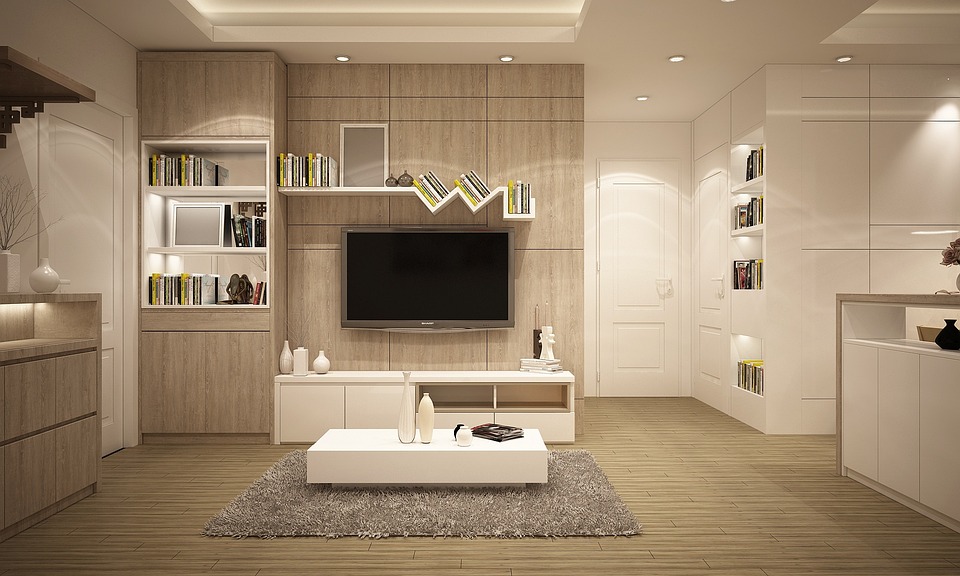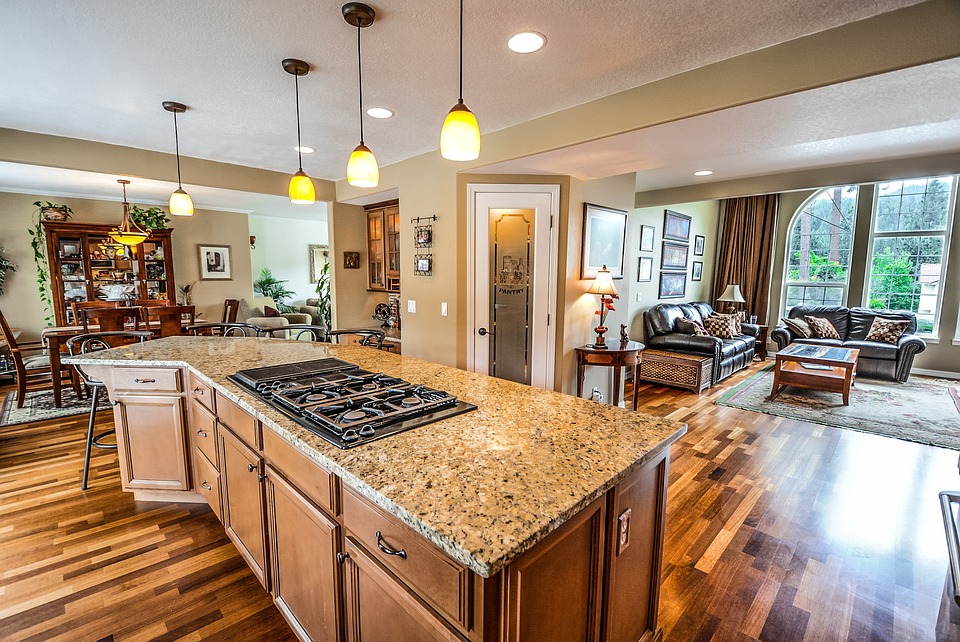In today's world, where the design of personal space is becoming increasingly important, bespoke furniture is gaining in popularity. This trend is not just about aesthetics; it's about functionality, comfort and personal expression. In this article, we'll look at how to implement a custom furniture design and what steps the process involves.
1. Define your wants and needs
The first step to implementing your own furniture design is to clearly define what you expect from it. Think about:
- Features: What is the purpose of the furniture? Will it be a storage space, a sofa, or something else?
- Space: What space do you have available? Measure the space and note all important dimensions.
- Style: What style suits you? Modern, rustic, minimalist, or more traditional? Getting inspiration from magazines, online galleries or nature can be very helpful.
2. Select materials
The material from which your furniture is made plays a key role in its appearance and durability. Consider:
- Wood: It is a classic and popular material for many. Different types with different properties are available.
- A touch: It can give a modern and industrial look and is also very durable.
- Textile: If you plan to upholster, choose a durable and easy-to-maintain material.
3. Create a proposal
Once you have a clear idea of the features and materials, it's time for the actual design. You can:
- Sketch: Hand sketch your design or use graphics programs to create a 3D model.
- Consultation: Talk to furniture experts or designers who can help you refine your ideas and offer valuable advice.
4. Cooperation with the supplier
One of the most important steps is choosing the right supplier. Look for companies that specialize in customized furniture and have good references. Make sure they:
- Discuss the details: Discuss your proposal, material requirements and your budget idea.
- Verification of samples: You can request material samples before production starts to be sure of your choice.
5. Implementation
Once the design is approved and the materials are selected, the actual production comes next. During this phase:
- Follow the procedure: Communicate regularly with the supplier to keep yourself informed of progress.
- Flexibility: Please note that changes may occur during production. Be open to suggestions and innovations.
6. Installation
Once the production is complete, it's time for your furniture to arrive in your home. Before installation, remember:
- Space preparation: Make sure the space is ready for the new item, and don't forget to reposition existing furniture properly.
- Self-assembly or experts: Decide whether you want to do the installation yourself or use a professional service.
Conclusion
Realising your own bespoke furniture design is a process that requires careful planning and creativity. With a little patience and expert help, you can create a piece that will fit perfectly into your interior and reflect your unique style. Create a space that is not only beautiful, but most importantly practical and functional for your needs.
Furniture
Source.


